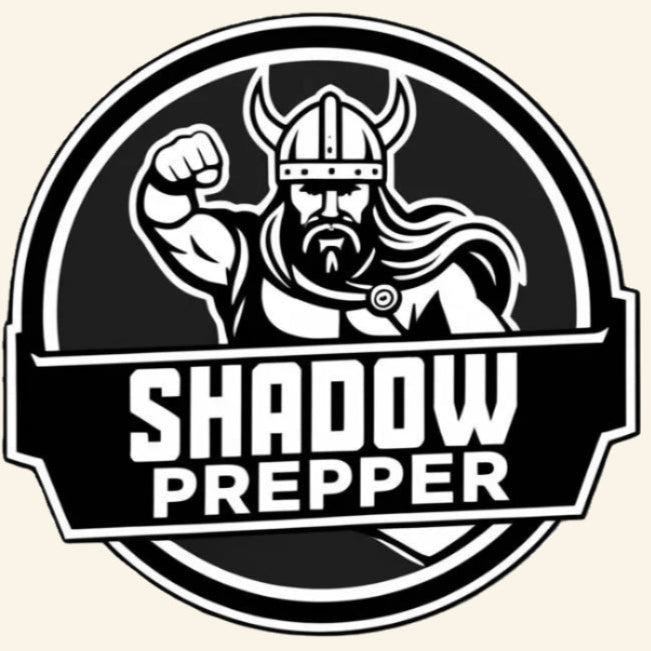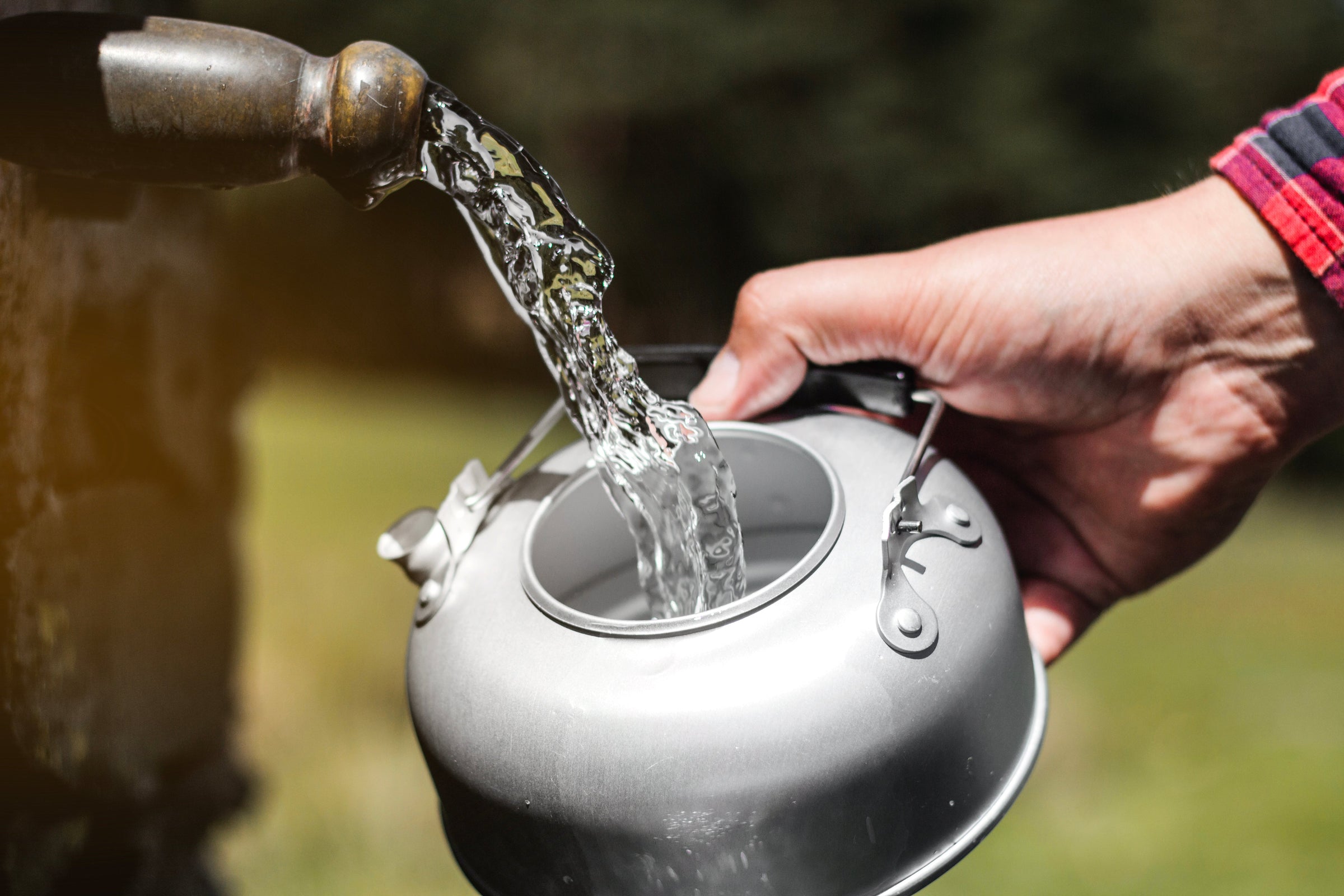A Comprehensive Guide to Finding and Purifying Water
Posted on January 09 2025,
We all know water is essential, yet in emergency situations securing clean, drinkable water can become a challenge. Whether you’re preparing for a short-term crisis, homesteading or planning for long-term survival, understanding how to find and purify water is essential. This blog post dives into various methods of water purification, ways to locate water sources, the reasons for purification and how to confirm your water is safe to drink.
How to Find Water Sources

Natural Water Sources:
-
Streams and Rivers: Look for moving water, which is less likely to harbor stagnant contaminants
-
Lakes and Ponds: These are viable options but often require thorough purification
-
Rainwater: Collect using tarps, buckets or other catchment systems; it’s one of the safest natural sources
-
Springs: Underground springs are often the cleanest sources of natural water
Urban Water Sources:
-
Public Fountains: These may provide potable water but should be verified during emergencies
-
Water Heater Tanks: In residential homes, water heaters can store a significant amount of clean water
-
Swimming Pools: Suitable for non-drinking uses like cleaning or flushing but may require purification for drinking
Finding Hidden Water:
-
Vegetation: Dew collected from plants or water-rich plants like cacti can provide moisture
-
Digging: Dig holes near green vegetation or dry riverbeds to access underground water
-
Condensation: Use tarps or plastic bags tied around plants to capture evaporating water
Why You Need to Purify Water
Water, even when it looks clear and clean, can harbor harmful contaminants including:
-
Pathogens: Bacteria (ie. E. coli), viruses and parasites (ie. Giardia) can cause serious illnesses
-
Chemical Contaminants: Industrial runoff, pesticides and heavy metals can poison water
-
Physical Impurities: Dirt, debris and sediment may carry harmful microbes
Without purification consuming contaminated water can lead to severe dehydration, organ failure or even death. Thus, purifying water is non-negotiable in survival and off-grid scenarios.
Water Purification Methods

Short-Term Solutions:
-
Boiling:
-
Process: Bring water to a rolling boil for at least 1-3 minutes
-
Effectiveness: Kills bacteria, viruses and parasites
-
Limitations: Does not remove chemical contaminants
-
-
Water Purification Tablets:
-
Process: Add tablets (chlorine dioxide or iodine-based) to water and wait as instructed (typically 30 minutes)
-
Effectiveness: Effective against most pathogens
-
Limitations: May leave an aftertaste and doesn’t remove sediment or chemicals
-
-
Portable Water Filters:
-
Examples: LifeStraw, Sawyer Mini
-
Effectiveness: Filters out bacteria, protozoa and some chemicals
-
Limitations: May not remove viruses or chemical contaminants
-
-
UV Light Purifiers:
-
Process: Use a UV purification device to neutralize pathogens
-
Effectiveness: Highly effective for clear water.\
-
Limitations: Requires batteries or solar charging and does not remove sediment
-
Long-Term Solutions:
-
Distillation:
-
Process: Heat water until it evaporates, then collect the condensation in a clean container
-
Effectiveness: Removes nearly all contaminants, including chemicals, heavy metals and pathogens
-
Limitations: Time and energy-intensive
-
-
Gravity Water Filtration Systems:
-
Examples: Berkey water filters, ceramic filtration systems
-
Effectiveness: Filters out bacteria, protozoa and many chemicals
-
Limitations: Initial investment required
-
-
Sand Filtration:
-
Process: Layer sand, gravel and charcoal to create a DIY filtration system
-
Effectiveness: Removes sediment and some pathogens
-
Limitations: Requires additional purification steps
-
-
Biochar Filters:
-
Process: Use activated charcoal to filter water
-
Effectiveness: Removes toxins and improves taste
-
Limitations: Regular replacement of charcoal is necessary
-
How to Know When Water is Purified

-
Visual Inspection:
-
Clear water is a good start, but it’s not enough to guarantee safety
-
-
Smell and Taste:
-
Purified water should have no foul odors or strange tastes
-
-
Test Kits:
-
Use portable water testing kits to detect bacteria, chemicals or pH imbalances
-
-
Boiling Confirmation:
-
After boiling water is typically safe to drink provided no chemical contaminants are present
-
Tips for Success
-
Always assume untreated water is unsafe to drink
-
Carry multiple purification tools in your survival kit for redundancy
-
Regularly inspect and maintain long-term systems like filters
-
Store purified water in clean, sealed containers to avoid recontamination
Final Thoughts
Water is your most vital resource in both short-term emergencies and long-term survival situations. By understanding how to find and purify water using a range of methods—from basic boiling to advanced filtration systems—you can ensure your safety and health in any scenario. Remember, preparation is key. Build your skills, assemble your tools, and always have a plan for securing clean water when you need it most.



0 comments